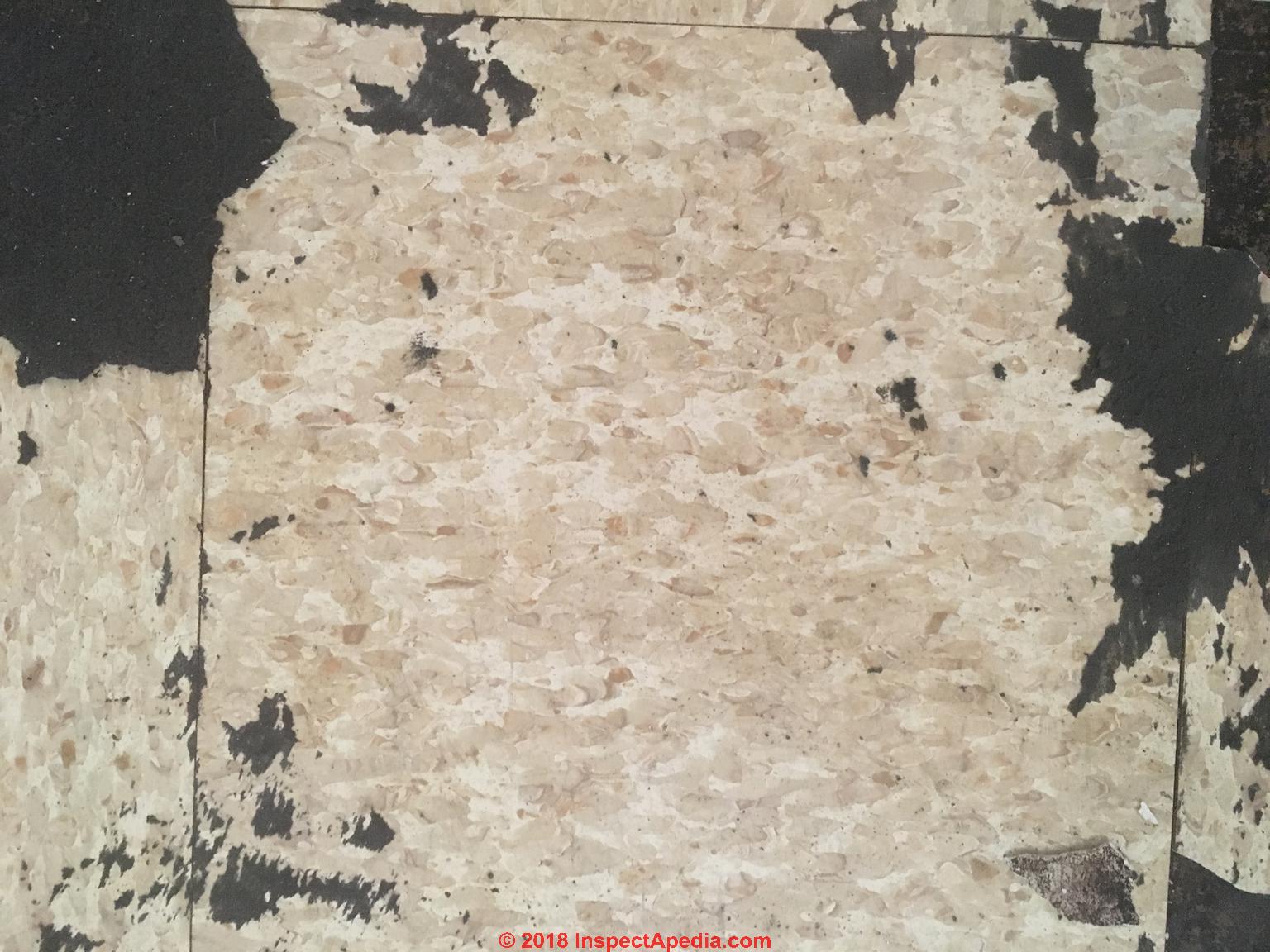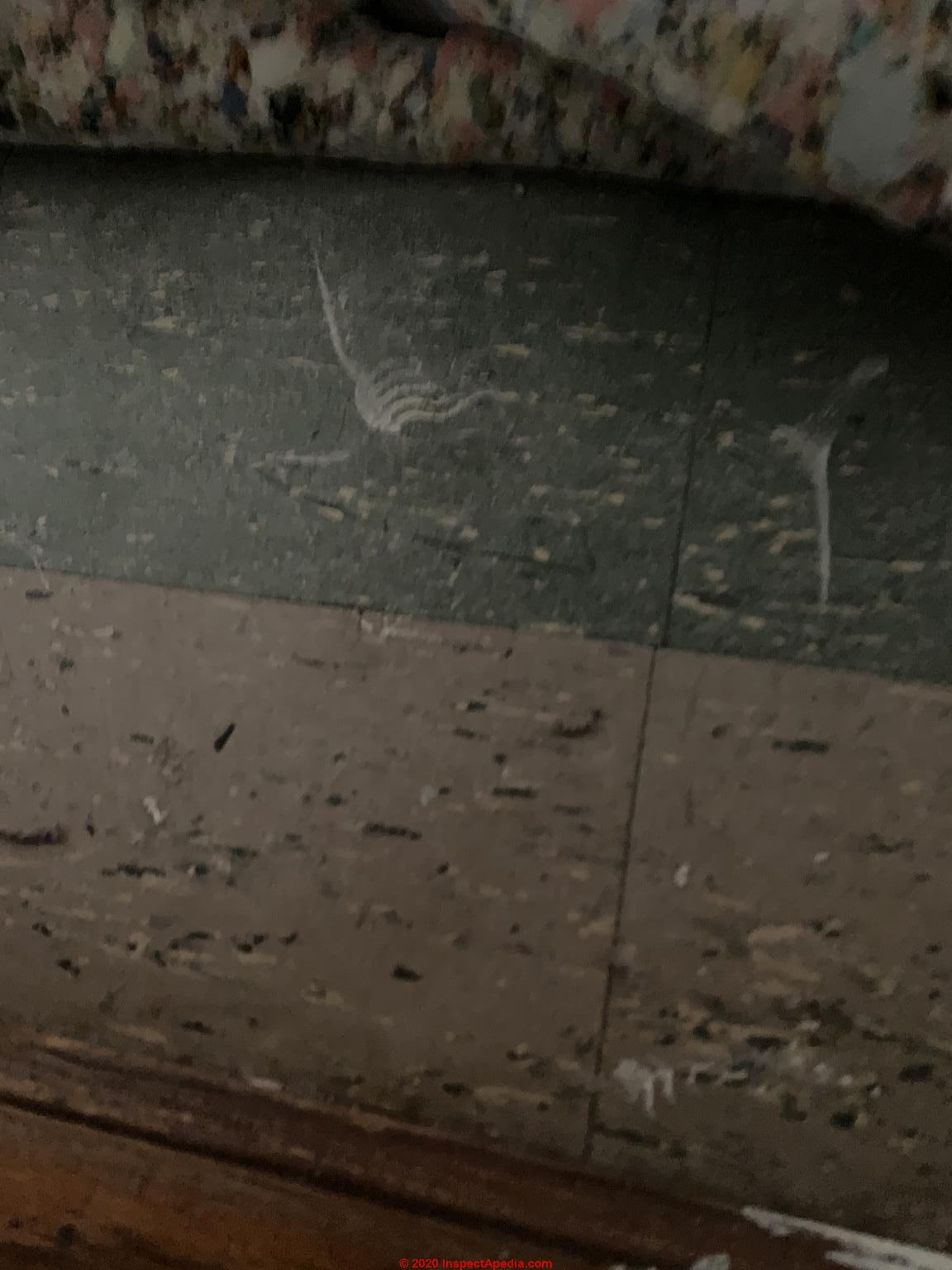

Mopping can dull the finish, requiring rebuffing or new finish application. A water based treatment is the safest, since oil may damage the asphalt tile. Without daily care, the floor tends to look dull very quickly, and can sustain permanent damage if not maintained. Refer to OSHA guidelines for proper maintenance.Īs with most floors, regular daily maintenance is required. CAUTION: Never dry buff or strip asphalt tile due health risk. It is usually installed in nine-inch squares, which helps to identify it as PACM (Potential Asbestos Containing Materials). When cared for properly, asphalt tile floors can last 15 years or longer.Īsphalt tile is made up of asbestos fibers, lime rock, inert fillers, and colored pigments, with an asphalt or resin binder. Asphalt tiles gained wide popularity because they were inexpensive and durable. This flooring was first produced shortly after the turn of the century and was considered very modern due to the colors and flexibility along with low cost when compared to many other floors. One of the first resilient floorings made in volume was asphalt tile. In the 1950’s and 1960’s, Asphaltum (a by- product of petroleum manufacturing) was substituted as the binder. It was originally manufactured using material taken from natural deposits of pitch. The licensed contractor must submit a project notification and pay any associated fees for said removal and follow all standard work practices, including wet removal and proper disposal.Asphalt tile (or Vinyl Asbestos Tile aka VAT) is named for the binder that holds the tile together. The Georgia Environmental Protection Division’s (EPD) uses two criteria to determine whether a project pertaining to floor tile is regulated or not: the condition of the floor tile and the method(s) that will be employed to remove the floor tile and mastic (if present).ĮPD does not consider removal methods including, but not limited to, chemical methods, dry ice, and infrared machines a regulated activity since these methods typically do not generate RACM.ĮPD considers removal methods by “mechanical means” such as long-handled scrapers (ice chippers, shovels, spud bars, etc.), powered mechanical chisels, or shot-blaster as a regulated friable project since these methods subject the floor tiles to breakage and, therefore, generate RACM.Īny removal project of friable asbestos over 10 square feet or 10 linear feet must be performed by a Georgia Licensed Asbestos Contractor. In addition, Georgia defines a "Project" as the removal or encapsulation by a contractor of friable asbestos-containing material from any facility or residential dwelling. Georgia’s Rules for Asbestos Removal and Encapsulation (Rule 391-3-14) defines "Friable Asbestos-Containing Material" as any material which is applied onto ceilings, walls, structural members, piping, boilers, tanks, pumps, ductwork or any other part of the building containing more than 1 percent asbestos, by weight, and which when dry may be crumbled, pulverized, or reduced to powder by hand pressure.

Further, the NESHAP definition of Category 1 ACM includes floor tile.

The National Emissions Standards for Hazardous Air Pollutants (NESHAP) for asbestos defines regulated asbestos containing materials (RACM) as friable asbestos containing materials (ACM) and Category I non-friable ACM that has or will become friable.


 0 kommentar(er)
0 kommentar(er)
